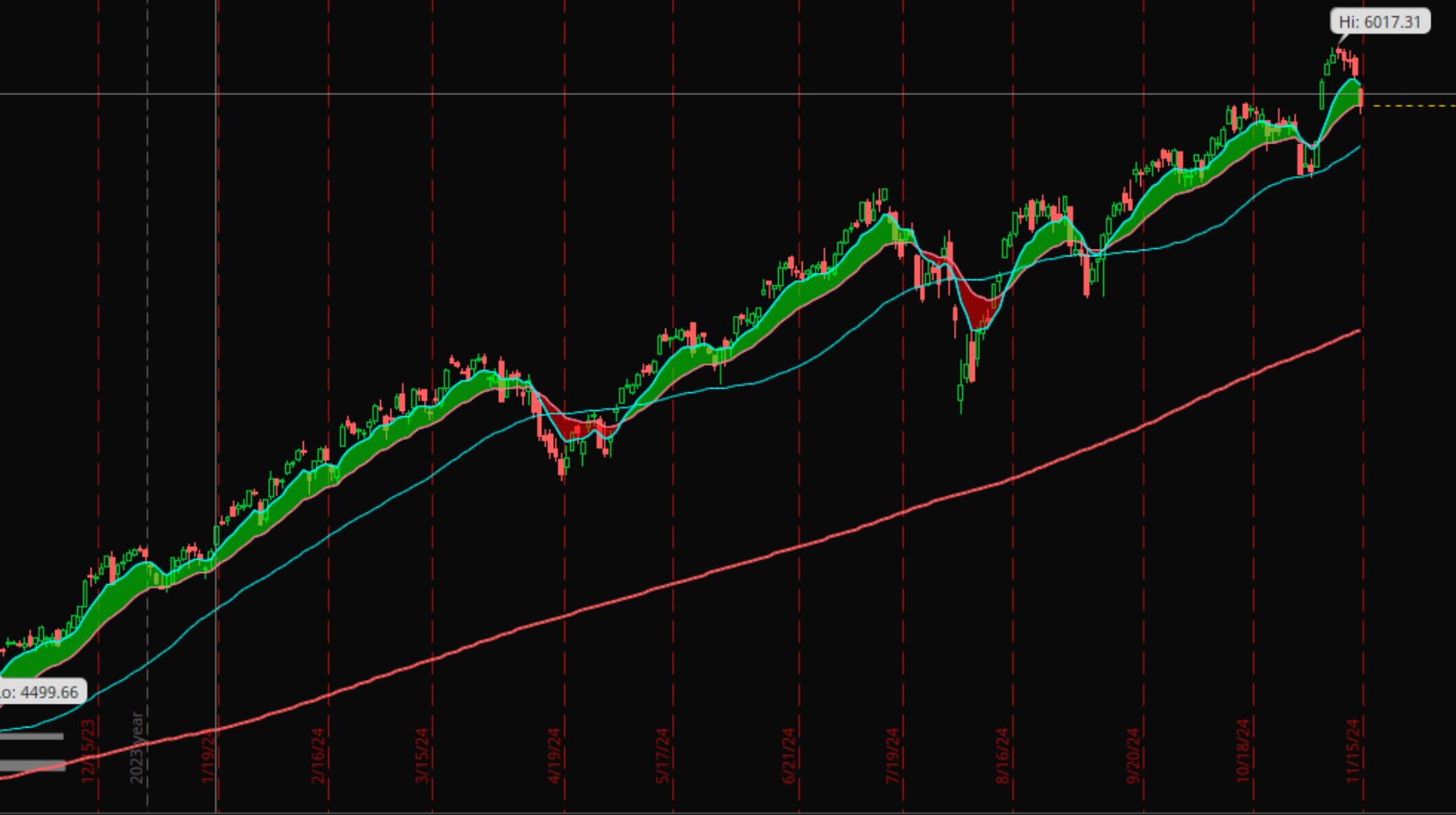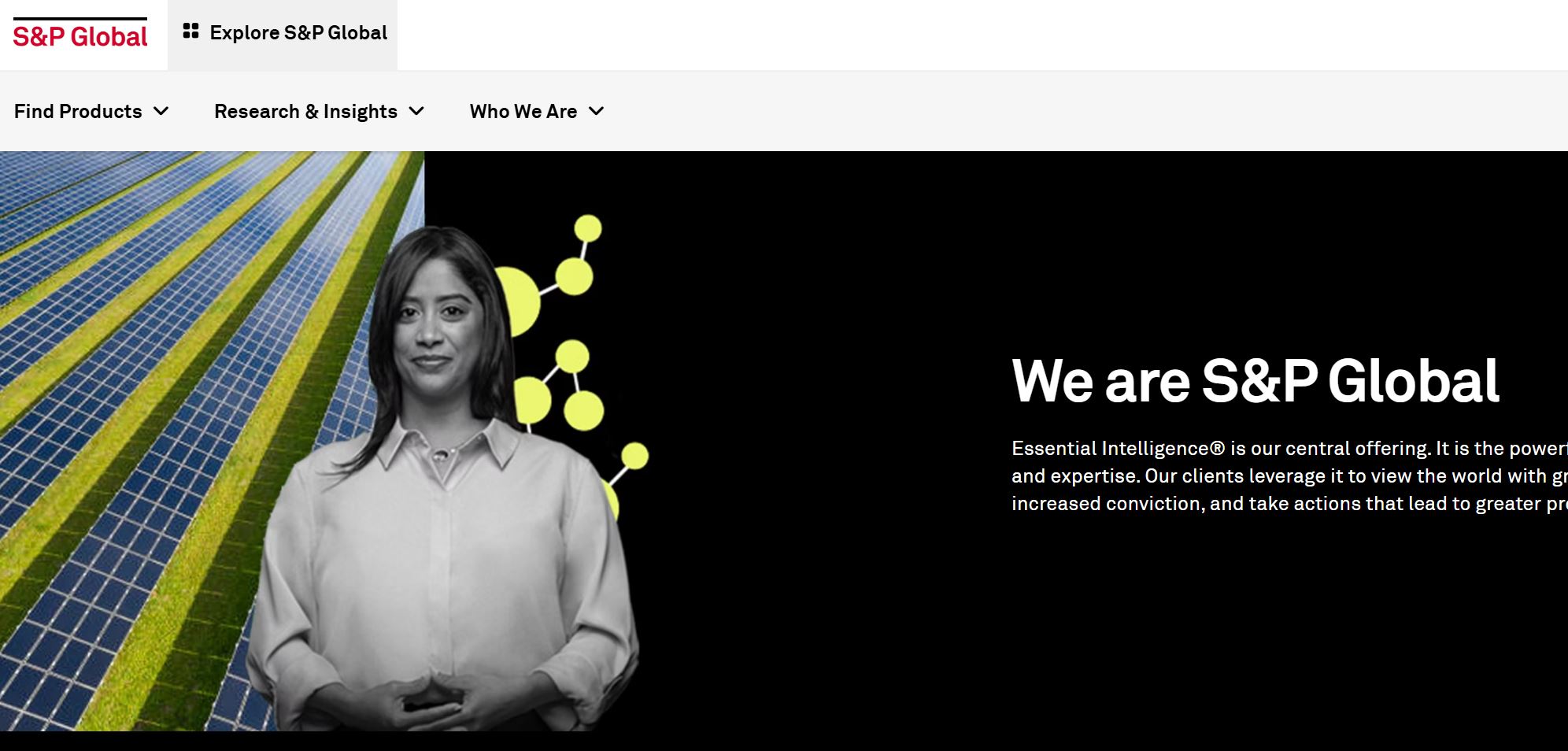🚗 What It Does
Copart is the quiet giant behind the salvage and used-vehicle auction industry.
When cars get totaled in accidents, flooded, repossessed, or retired from rental fleets, insurance companies and lenders need a way to sell them quickly.
That’s where Copart comes in.
It operates one of the largest online vehicle auction platforms in the world — connecting sellers (like insurers, banks, and fleet operators) with buyers (repair shops, dealers, exporters, and parts specialists).
Most auctions run entirely online through Copart’s proprietary VB3 system, allowing buyers from over 190 countries to bid on vehicles 24/7.
💰 How It Makes Money
Copart’s business model is simple yet powerful:
it’s a platform that earns fees every time a vehicle changes hands.
- Auction & Service Fees – Charged to both sellers and buyers for listing and completing vehicle sales.
- Vehicle Sales – In some cases, Copart buys damaged cars outright and resells them for a margin.
- Ancillary Services – Towing, storage, inspection, and title processing — all add small but steady profit streams.
Because Copart mostly acts as an intermediary, it doesn’t tie up much capital in inventory. That’s why margins are unusually high for a company dealing with cars.
🧱 Moat (Competitive Strength)
Copart has built a wide moat through years of scale and network effects:
- Network Effect – More sellers attract more buyers, which attracts even more sellers — a classic flywheel.
- Global Reach – Over 250 locations worldwide and a seamless digital platform.
- Trusted Relationships – Insurance companies rely on Copart’s consistency and compliance with state title laws.
- Real Estate Footprint – Owns hundreds of acres of vehicle storage yards — expensive for new competitors to replicate.
- Integrated Logistics – Handles towing, transport, and documentation in-house, locking in customers and protecting margins.
Together, these form a durable competitive moat that few rivals can match.
📊 Financial Snapshot (FY2020–FY2025 Trends)
| Year | Revenue (B) | Net Income (B) | Operating Cash Flow (B) | Free Cash Flow (B) |
|---|---|---|---|---|
| 2020 | $2.2 | $0.8 | $0.9 | $0.7 |
| 2021 | $2.7 | $0.9 | $1.1 | $0.8 |
| 2022 | $3.5 | $1.0 | $1.3 | $1.0 |
| 2023 | $4.1 | $1.2 | $1.4 | $1.2 |
| 2024 | $4.5 | $1.4 | $1.6 | $1.3 |
| 2025 (Est.) | ~$4.7 | ~$1.5 | ~$1.7 | ~$1.4 |
Trend Summary:
Over the past five years, Copart has doubled revenue while keeping margins stable.
Operating and free cash flow have consistently grown faster than sales, showing strong discipline and pricing power.
📊 Key Metrics (Fiscal 2025–2026)
| Metric | Approx. Value | Comment |
|---|---|---|
| Revenue | ~$4.6 B | Growing ~9–10% YoY |
| Operating Margin | ~36–37% | Exceptional for an auction platform |
| Net Margin | ~31% | Shows pricing power and scalability |
| ROE (Return on Equity) | ~14% | Efficient use of capital |
| ROIC (Return on Invested Capital) | ~18.5% | Well above its cost of capital — creates real shareholder value |
| Debt-to-Equity | ~0.02× | Very low leverage |
| Free Cash Flow | ~$1.2 B+ annually | Strong cash generator with modest capex |
| Dividend Yield | None (retains earnings for growth) | Focused on reinvestment and expansion |
Copart’s balance sheet is among the strongest in its industry, with little debt and steady free cash flow.
🌍 Growth Drivers
- Rising total-loss vehicles – As repair costs and technology complexity increase, insurers declare more vehicles total losses — driving more auction volume.
- International expansion – Emerging markets like India, Brazil, and the Middle East are growing fast.
- Digital efficiency – Virtual auctions mean higher bidder participation and better price realization.
- Real estate expansion – Buying more land near major cities to support higher inventory turnover.
⚖️ Valuation & Fair Value
- Current price: around $45–50
- My fair value estimate: $62 per share
That suggests Copart is undervalued by roughly 25–30%, offering upside if volume and margins remain steady.
🧭 Bottom Line
Copart isn’t flashy, but it’s a critical piece of America’s automotive ecosystem — a toll-collector on every totaled car.
Its network effects, minimal debt, and high returns on capital make it a classic compounder.
At a fair value of $62, Copart looks like a steady long-term winner hiding in plain sight.











Leave a Reply